|
One of the first signs of spring is the bloom of the redbud trees. The Eastern Redbud (Cercis canadensis) is native to much of the eastern United States and Canada. It hides inconspicuously in the edges of wooded areas, along roadsides or backyards, for much of the year and then gives a spectacular show of color in March when temperatures first start to warm after a long winter. The floral buds are a reddish purple, but open to lighter shades of pink. Floral color lasts for a few weeks. The Eastern Redbud (Cercis canadensis) in summer form and in spring bloom
occasionally do some light feeding. The leaves are very thin, so when planted in too much sun, they are susceptible to browning around the edges.
in breeding and introducing new cultivars of redbuds and boasts an impressive collection of those releases. These include cultivars such as ‘Flame Thrower’, ‘Ruby Falls’, ‘Merlot’, and ‘Hearts of Gold’.
Matthew Stevens is the County Extension Director and Horticulture Agent for North Carolina Cooperative Extension’s Pitt County Center. If you have questions about this article or gardening in general, please contact the Pitt County Extension Master Gardener Infoline at 252-902-1705.
0 Comments
Leave a Reply. |
Matt Stevens
Pitt County Extension Director & Horticulture Agent Archives
July 2024
Categories |
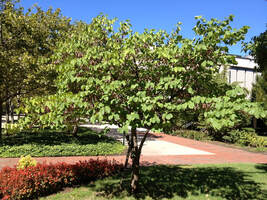
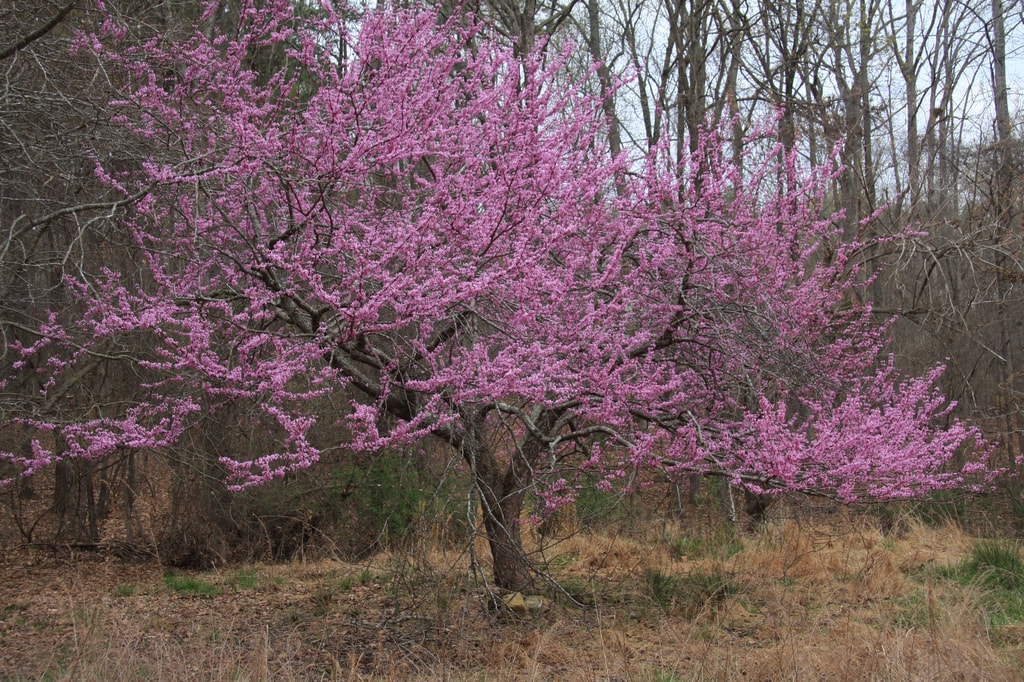
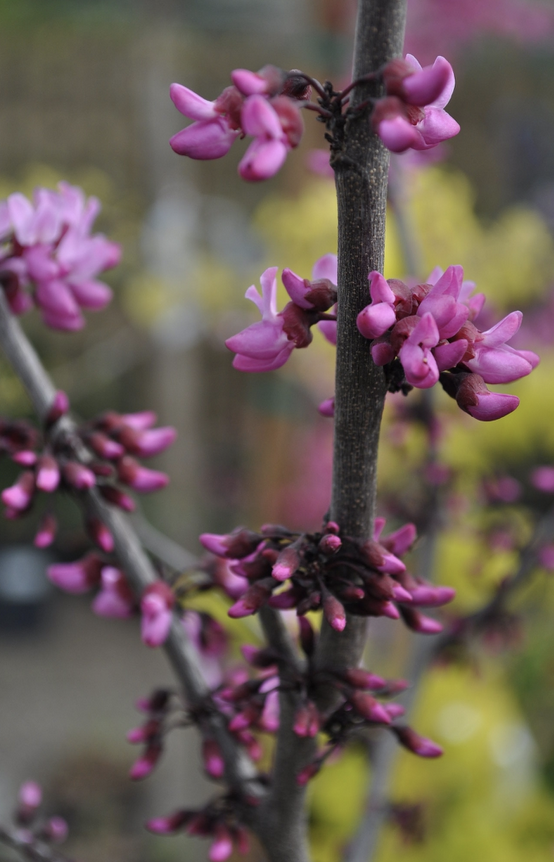
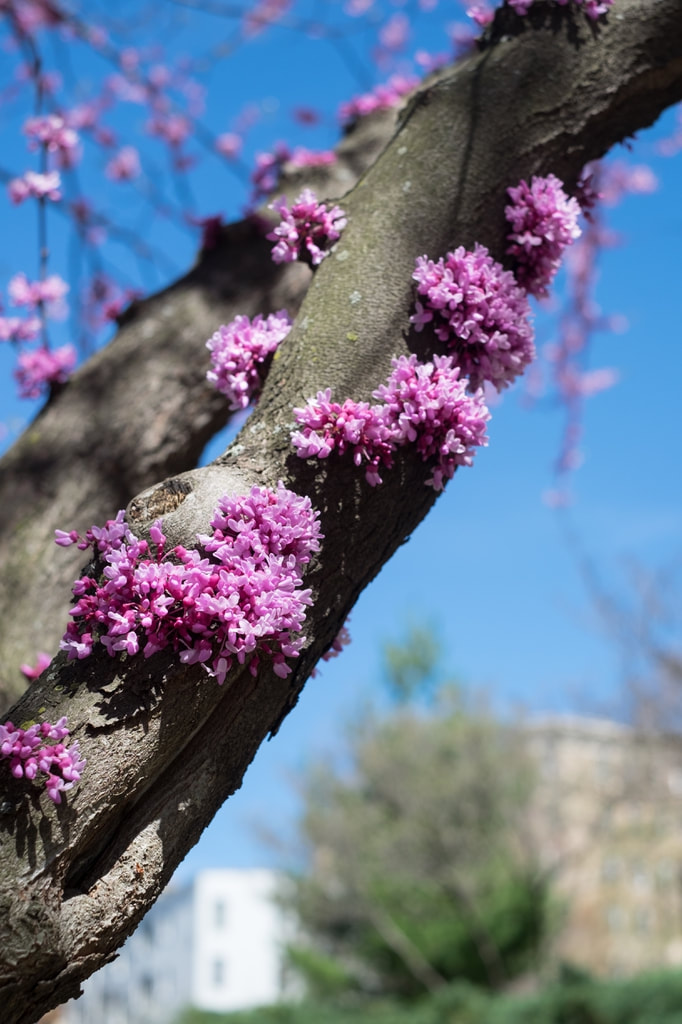
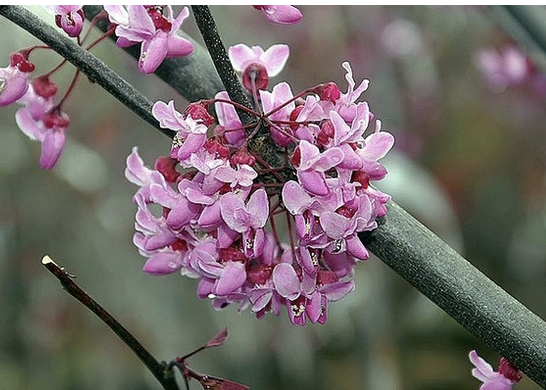
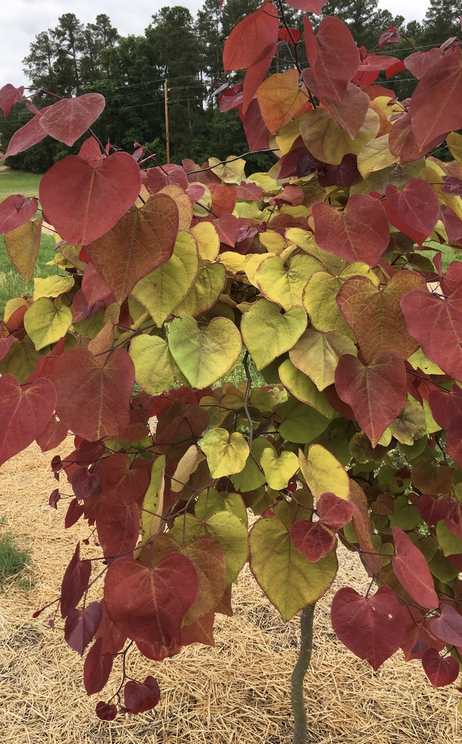
 RSS Feed
RSS Feed